Europe’s Tourist Backlash: Where Brits Aren’t Welcome
Last year, on July 7, 2024, thousands of people marched down La Rambla in Barcelona, carrying signs with messages like “Tourism kills the city” and “Tourists out of our neighborhoods” – typical for an anti-tourism rally.
Other signs were more provocative, such as “Dear Tourist: Balconing is fun!” (referring to the dangerous practice of tourists jumping from balconies into pools) and the straightforward: “Tourists go home, you are not welcome.”
Some demonstrators went further, using water pistols to spray tourists dining at restaurants along La Rambla, forcing them to leave their tables.
Barcelona is not alone in experiencing rising anti-tourism sentiment. From cities explicitly telling rowdy British visitors to stay away to islands turning tourists away from their most scenic beaches, we examine popular European destinations urging us to avoid them this summer of 2025.
1. Majorca
Hostility ranking: 8/10
In Majorca, anti-tourism demonstrations are a frequent occurrence. In May, over 10,000 people marched in Palma de Majorca to protest tourism, focusing on the lack of affordable housing. In June, protesters occupied St Rapita Beach and Caló des Moro Cove, urging tourists to leave. One demonstrator wore a T-shirt reading “A.T.A.B: All Tourists are B—s.”

Another protest is planned in Palma de Majorca for July 21, coinciding with the start of the school summer holiday season. Earlier this year, a protest group discussed potentially blockading Palma Airport and nearby roads, which would disrupt tourists.
Similar protests have occurred in Ibiza, where some hospitality workers now live in their cars due to high housing costs. In Binibeca Vell, Menorca, locals chained up streets to keep visitors out before 11 am and after 8 pm.

2. Barcelona
Hostility ranking: 8/10
Barcelona has long targeted tourists and tourism. In 2017, masked men attacked a tour bus, slashing its tires and spray-painting it with graffiti. Tourists on board initially feared a terrorist attack.

Anti-tourism protests in Barcelona often overlap with campaigns for affordable housing for locals, and city authorities are responding. The city has imposed various restrictions on short-term rentals, and Mayor Jaume Collboni recently announced plans to eliminate all tourist apartments by 2029.
While the recent water pistol incident may seem harmless, it marks one of the few times tourists have been physically targeted by protesters. Combined with the 2017 bus attack and years of protests, Barcelona is one of the most hostile places to visit during peak season.
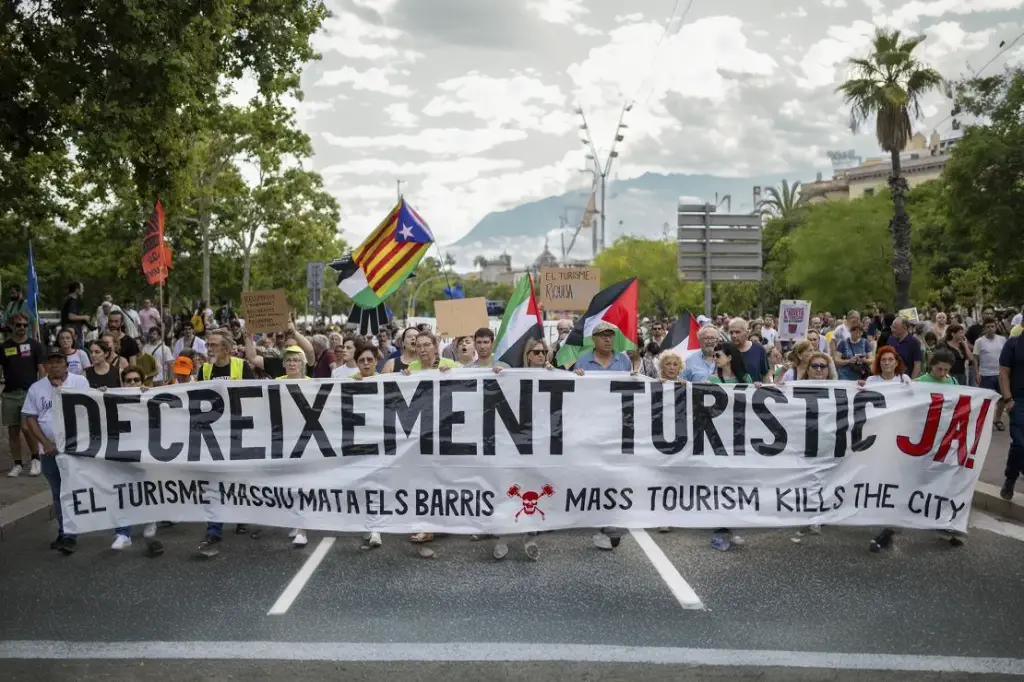
3. Amsterdam
Hostility ranking: 7/10
In Amsterdam, anti-tourism sentiment is not limited to fringe groups; the city government is urging British holidaymakers to stay away.
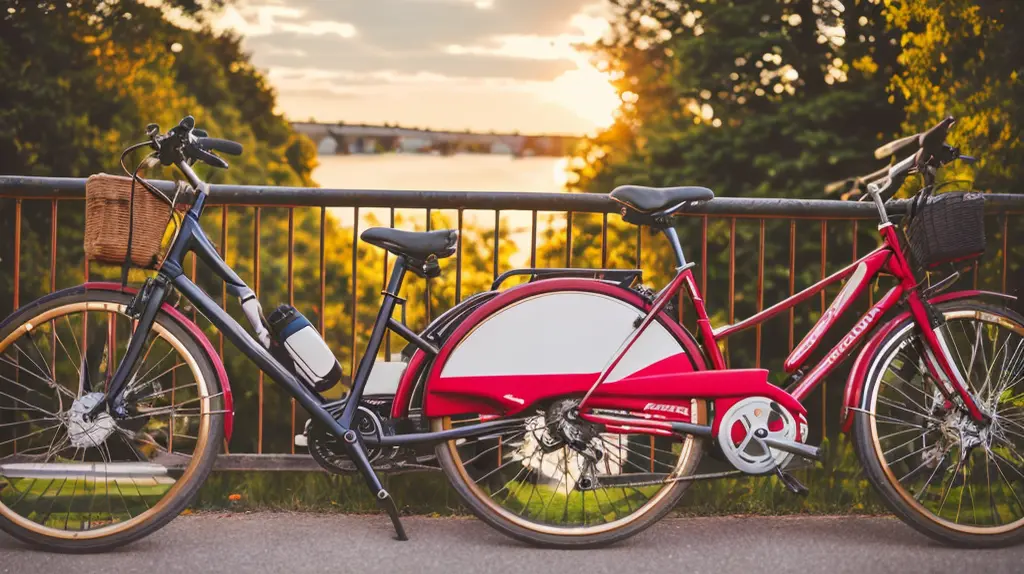
Last March, the “Stay Away” online campaign targeted British people searching for stag parties or party weekends in Amsterdam. The videos showed young, drunken men being arrested or fined for bad behavior.
Despite evidence that the campaign did not deter British tourists, Amsterdam intensified its efforts in March 2024 with an online survey called Amsterdam Rules, aiming to discourage certain tourists. The survey misleadingly suggested stag parties were banned in Amsterdam.
Amsterdam also plans to ban cruise ships by 2035, addressing what one local politician called a “locust plague” of tourists.
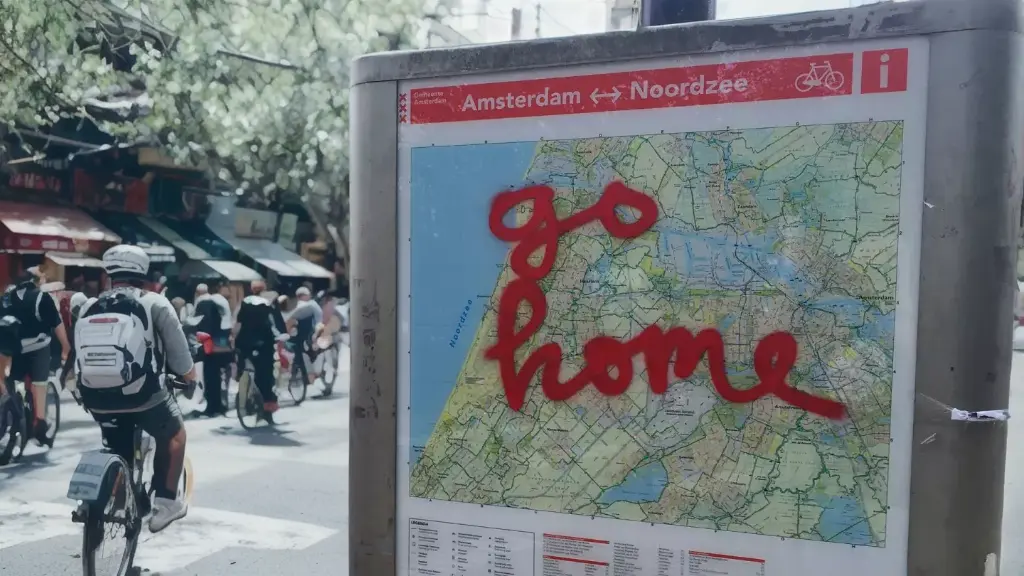
4. Venice
Hostility ranking: 6/10
In April 2024, Venice introduced a €5 fee for day-trippers. On the first day, protest groups marched through the narrow streets holding banners like “Welcome to Veniceland” and “No to the ticket.”

Venice has long been a symbol of Europe's overtourism problems. In 2021, cruise ships were banned from docking in the city center after years of protests. In 2018, a campaign called “#Enjoy, Respect Venezia” involved wardens patrolling the streets, stopping people from loitering or sitting on steps in crowded areas.
Tourists are unlikely to face direct hostility, but locals are keen to protect their few remaining peaceful areas.
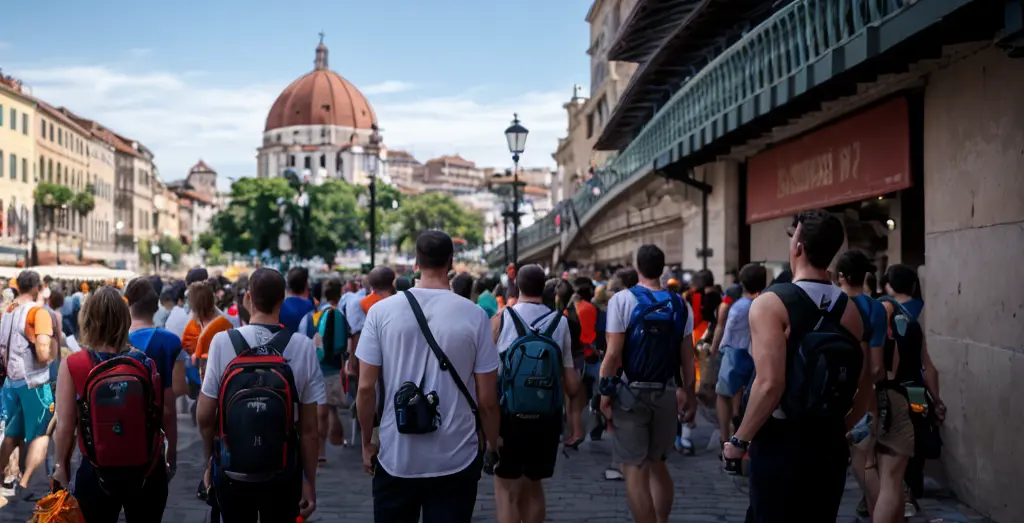
5. Split
Hostility ranking: 6/10
The historic coastal city of Split, Croatia, has taken steps to combat antisocial tourist behavior after a surge in rowdiness last summer.
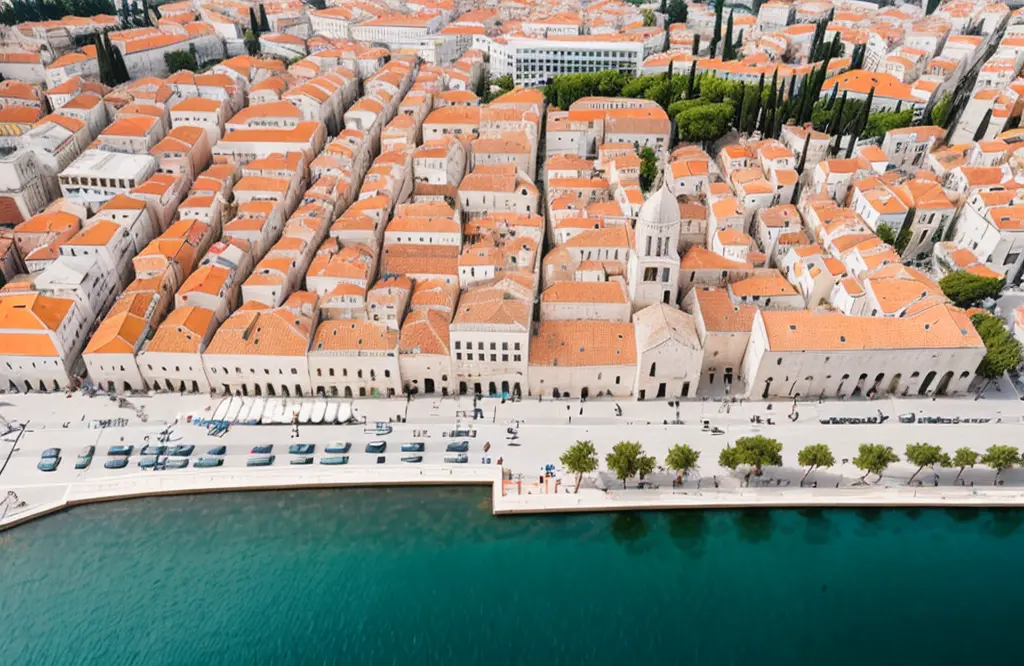
Visitors might see signs warning of €300 fines for public urination, climbing on monuments, jumping in fountains, or sleeping in public areas. Vomiting in public spaces could result in a €150 fine. The city also hired a private security firm to patrol the streets between 10 pm and 4 am.
In Dubrovnik, authorities have limited the number of cruise ships that can dock in the historic center. However, Croatia has not seen anti-tourist protests like those in Barcelona or Venice.

6. Tenerife
Hostility ranking: 6/10
Tenerife is often voted Britain’s favorite holiday spot. However, graffiti on buildings across the island welcomes tourists with phrases like “Your paradise, our hell” and “Tourists go home.”
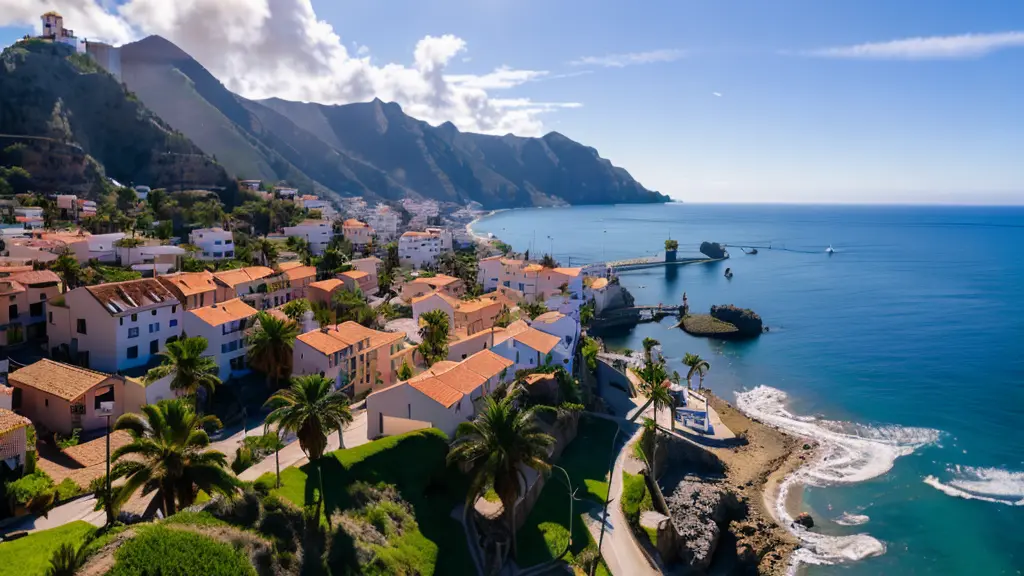
The media has covered the anti-tourism movement in the Canary Islands extensively, including a mass demonstration on April 20 under the banner “The Canary Islands have a limit.” The protests focus on how mass tourism affects island life, such as water shortages, traffic congestion, a housing crisis, and environmental degradation.
Unlike Barcelona and Majorca, Canary Islands authorities emphasize that they are not against tourism but seek a more sustainable and higher-end tourist model.

7. Santorini
Hostility ranking: 4/10
The Greek island of Santorini has seen a surge in popularity due to social media platforms like Instagram, with tourists flocking to capture photos of its iconic white-walled, blue-domed buildings in Oia. The island’s population of 15,000 swells to over two million each summer.
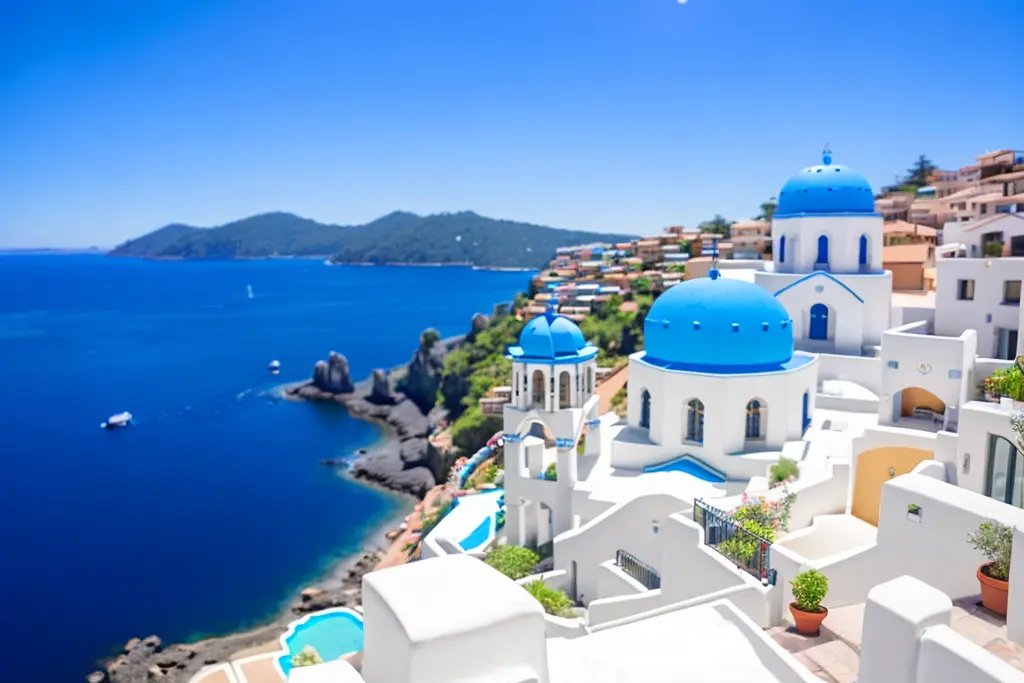
This rise in tourism has made affordable housing scarce for residents. One taxi driver reported that some workers have resorted to camping on the beach or living in caves. Local authorities have also capped the number of cruise ships docking in Santorini; last year, 800 visited, making it Greece’s most popular island.
For now, hostility against tourism is directed at officials rather than tourists, with locals complaining about losing land to new hotels.
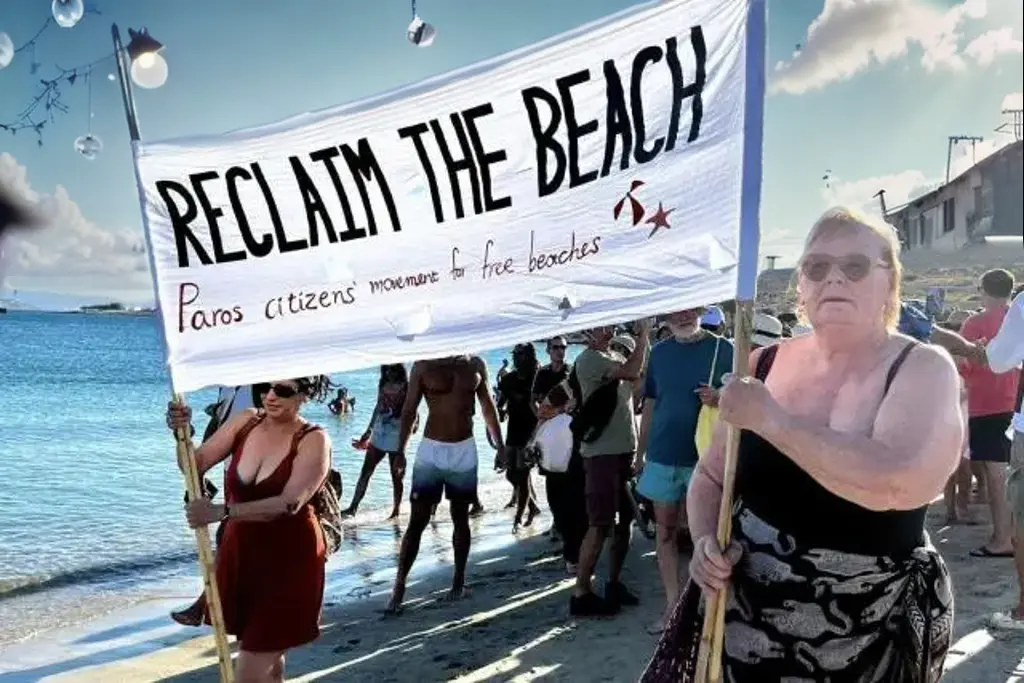
8. Capri
Hostility ranking: 3/10
During peak season, up to 16,000 tourists visit Capri daily, outnumbering its 12,900 residents. This year, Capri doubled its entry fee from €2.50 to €5, payable when boarding a ferry from Naples or Sorrento from April through October.

Despite growing resentment over the proliferation of apartment rentals since the Airbnb boom, Capri has not seen anti-tourist protests like those in other Mediterranean destinations. Tourists are more likely to encounter fines for using disposable plates, cups, or cutlery.
Capri’s mayor, Marino Lembo, believes the island’s current state is an improvement over the past, attributing its wealth to tourism.
9. Provence
Hostility ranking: 2/10
Despite being a favorite among British tourists and the French people’s tendency to speak their minds, Provence has seen little public backlash against overtourism.
Actions have been more organizational than grassroots. Last year, the French tourism minister outlined plans to manage tourist numbers in the country’s most popular spots to protect the environment, locals’ quality of life, and visitors' experiences.
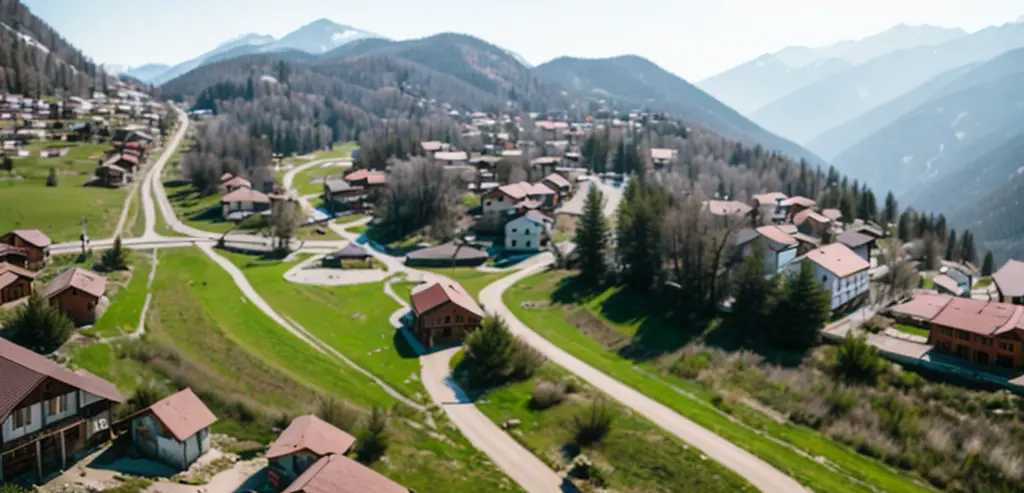
In practice, this means capping daily visitors to Sugiton coves in Marseille’s Calanques National Park at 400. The Provence-Alpes-Côte-d’Azur region has partnered with the Waze app to suggest users visit busy spots at less crowded times. So, tourists are unlikely to face direct hostility.
10. Corfu
Hostility ranking: 2/10
Corfu has not experienced the same level of overtourism as other destinations, likely due to the abundance of Greek islands. However, the island still faces challenges from the influx of tourists. Over 1.5 million tourists arrive by air each summer, along with tens of thousands of cruise passengers.
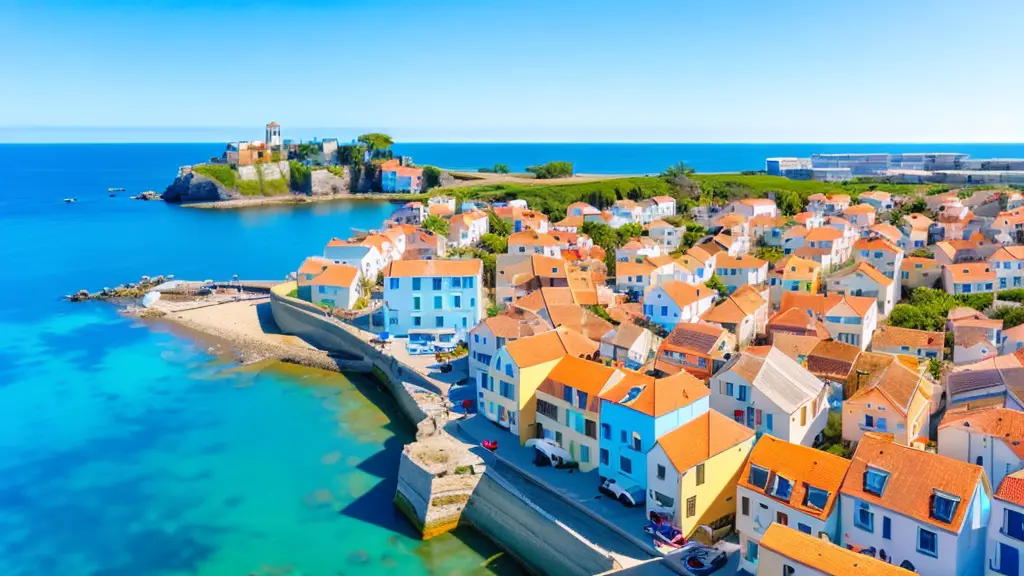
Protests in Corfu typically target specific projects, such as the Erimitis development, rather than tourists. Greece is known for its hospitality, and while there are frustrations about tourism’s impact, the lack of an overarching plan is the main issue. Visitors can still expect friendly service.





